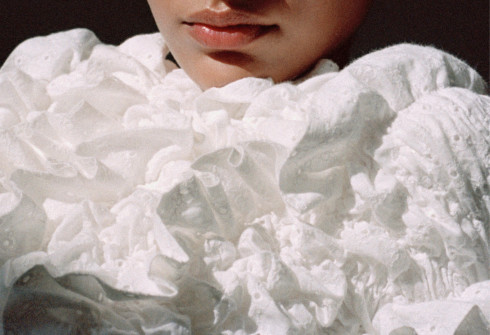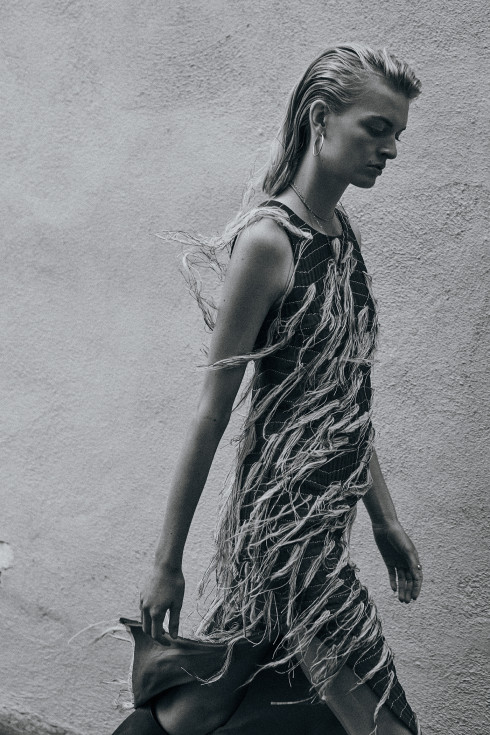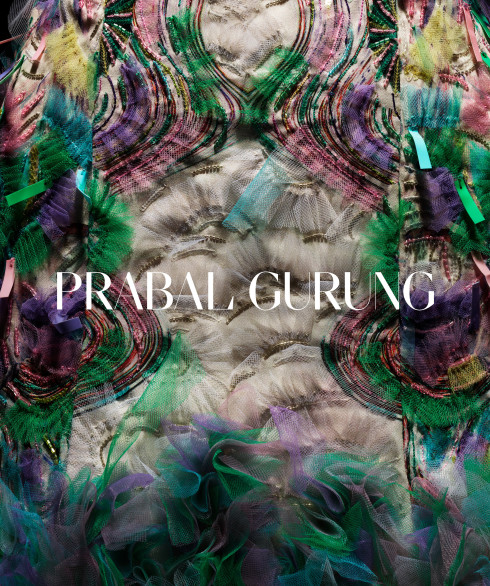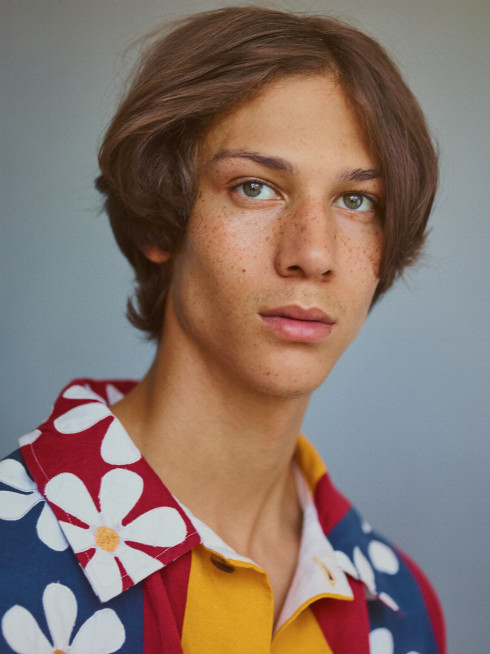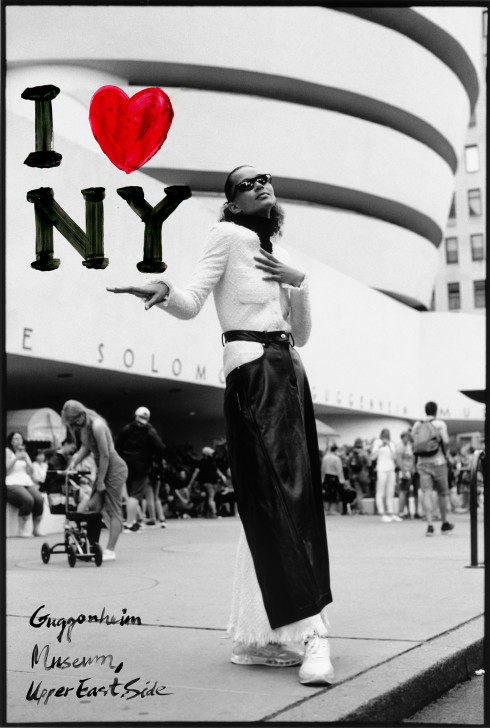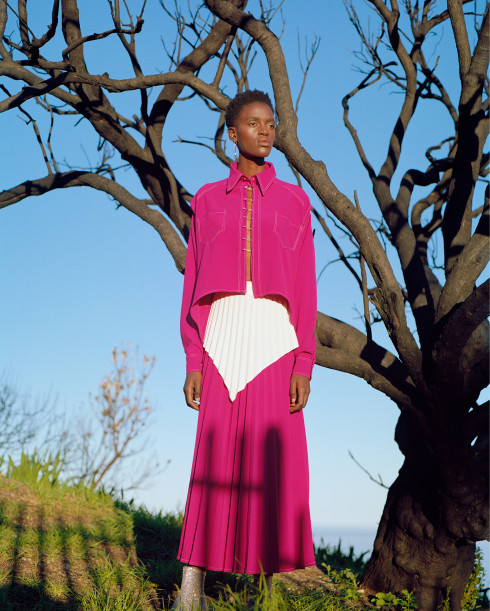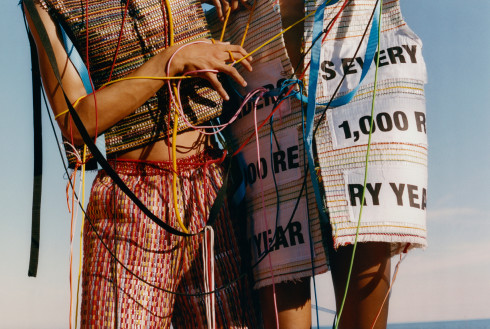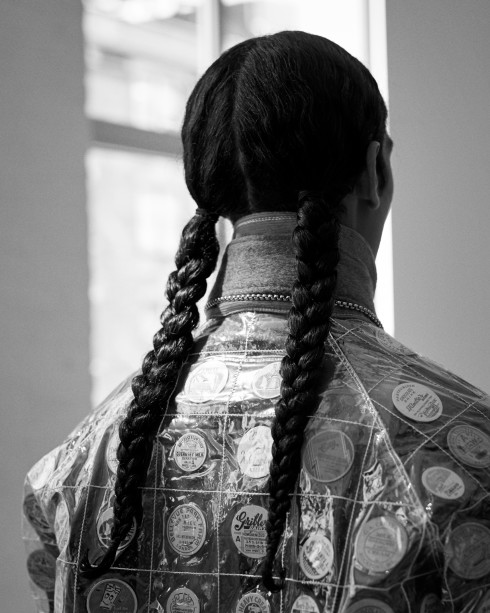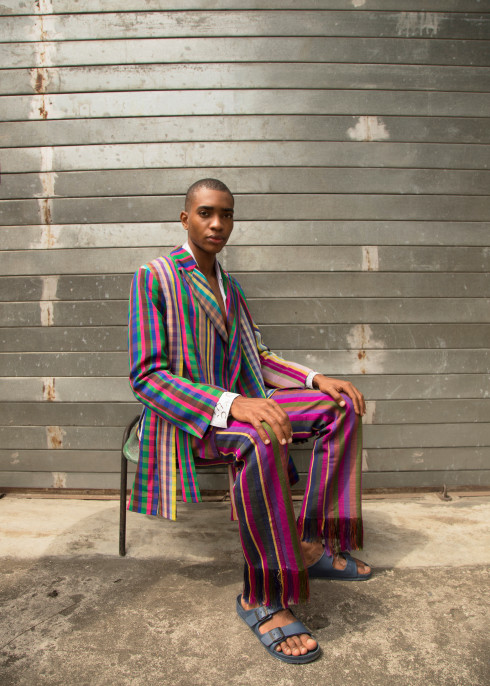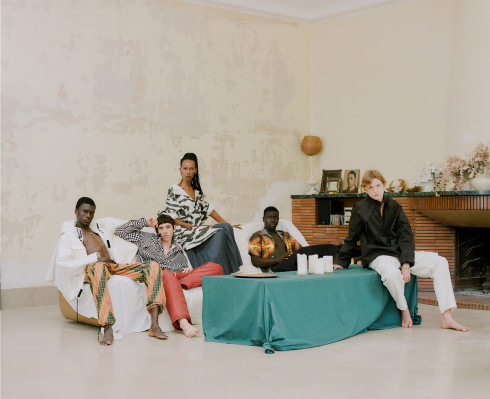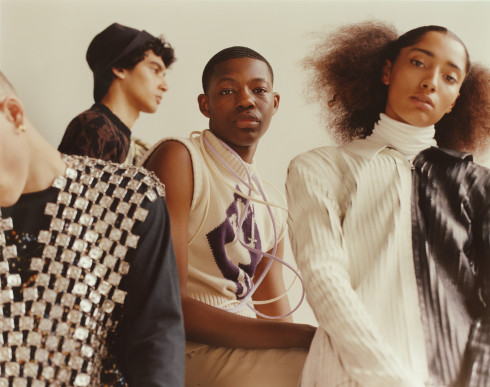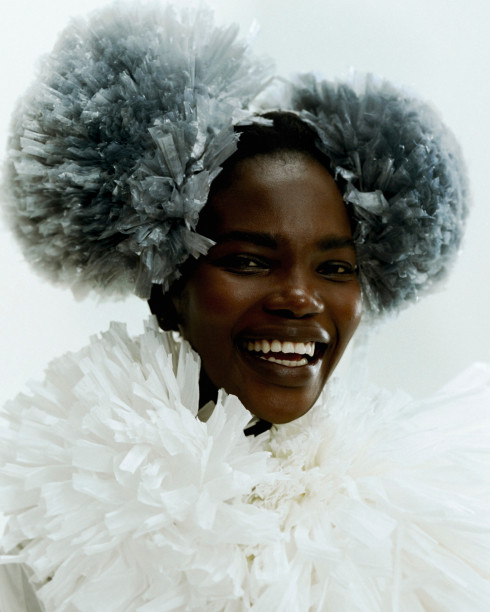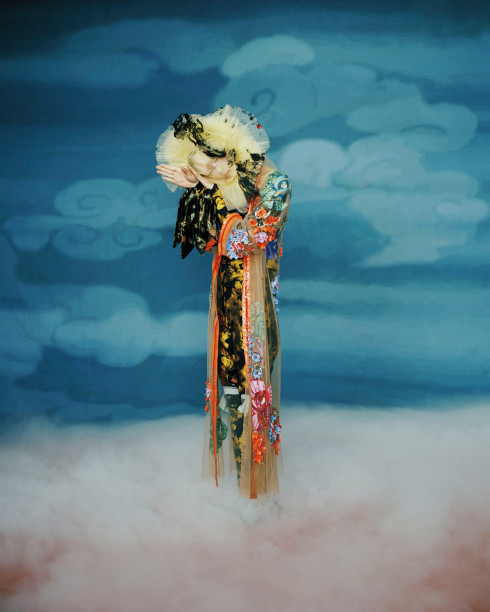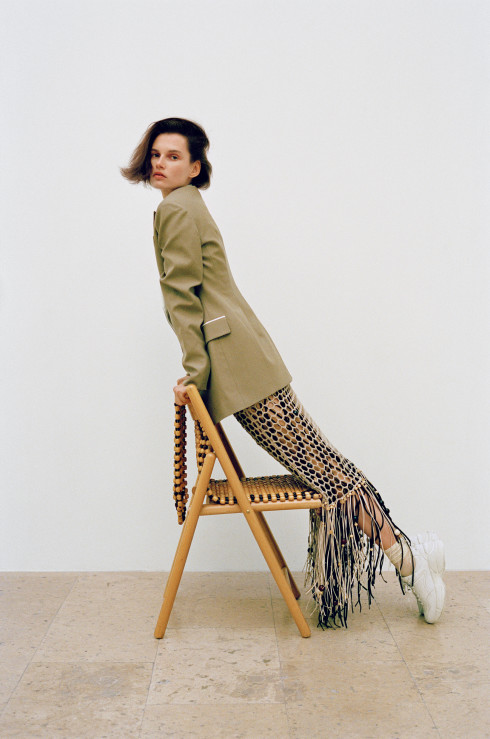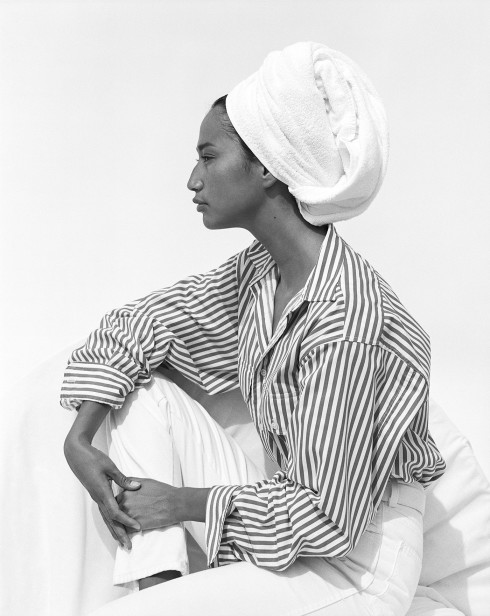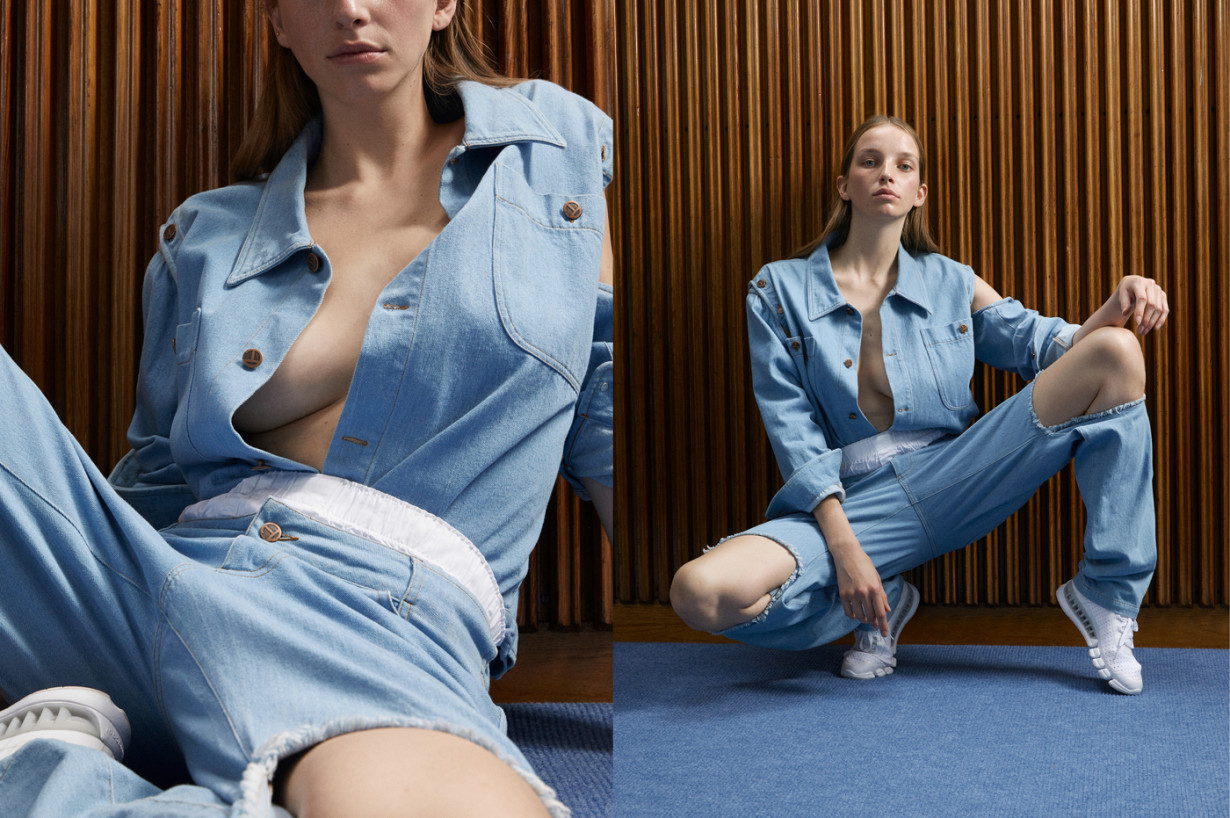
- By
- Rosie Dalton
- Photography by
- Thomas Lohr
Styling by Katelyn Gray at Frank Reps. Model: Jamilla Hoogenboom at Women Management Paris. Hair by James Rowe at Bryant Artists using Bumble and bumble. Makeup by Florrie White at Bryant Artists using Clé de Peau Beauté. Photographer’s assistants: Tom Weatherill and Caitlin Chescoe. Stylist’s assistant: Nathan Henry. Movement by Cameron McMillan. Set design by George Lewin. Digital technician: Fabian Blaschke. Casting by Liz Goldson at AM Casting. Production by Philippe Vaxelaire at Management Artists.
TELFAR CLEMENS IS BRINGING INCLUSIVITY INTO FASHION
Democracy underpins everything that Telfar does—which isn’t always easy, explains designer Telfar Clemens, because “a lot of people carry their wallets on the right.” But that doesn’t stop this Queens native and winner of last year’s CFDA/Vogue Fashion Fund from breaking down the barriers of gender, race, and class through his unisex designs. After first launching Telfar for his friends when he was a teenager, the Liberian-American designer says that deconstruction has remained key ever since.
“If fashion isn’t more democratic, I’m not allowed in it,” says Clemens, now thirty-three. “If it’s not more diverse, it’s the same story. We are just about what we are about and for people who need the same changes we do.” The designer goes on to say that his brand may have been ahead of its time when it first began in 2005, but now, more than ten years on—and through the guidance of the CFDA—he feels the industry is finally ripe for Telfar’s form of disruption.
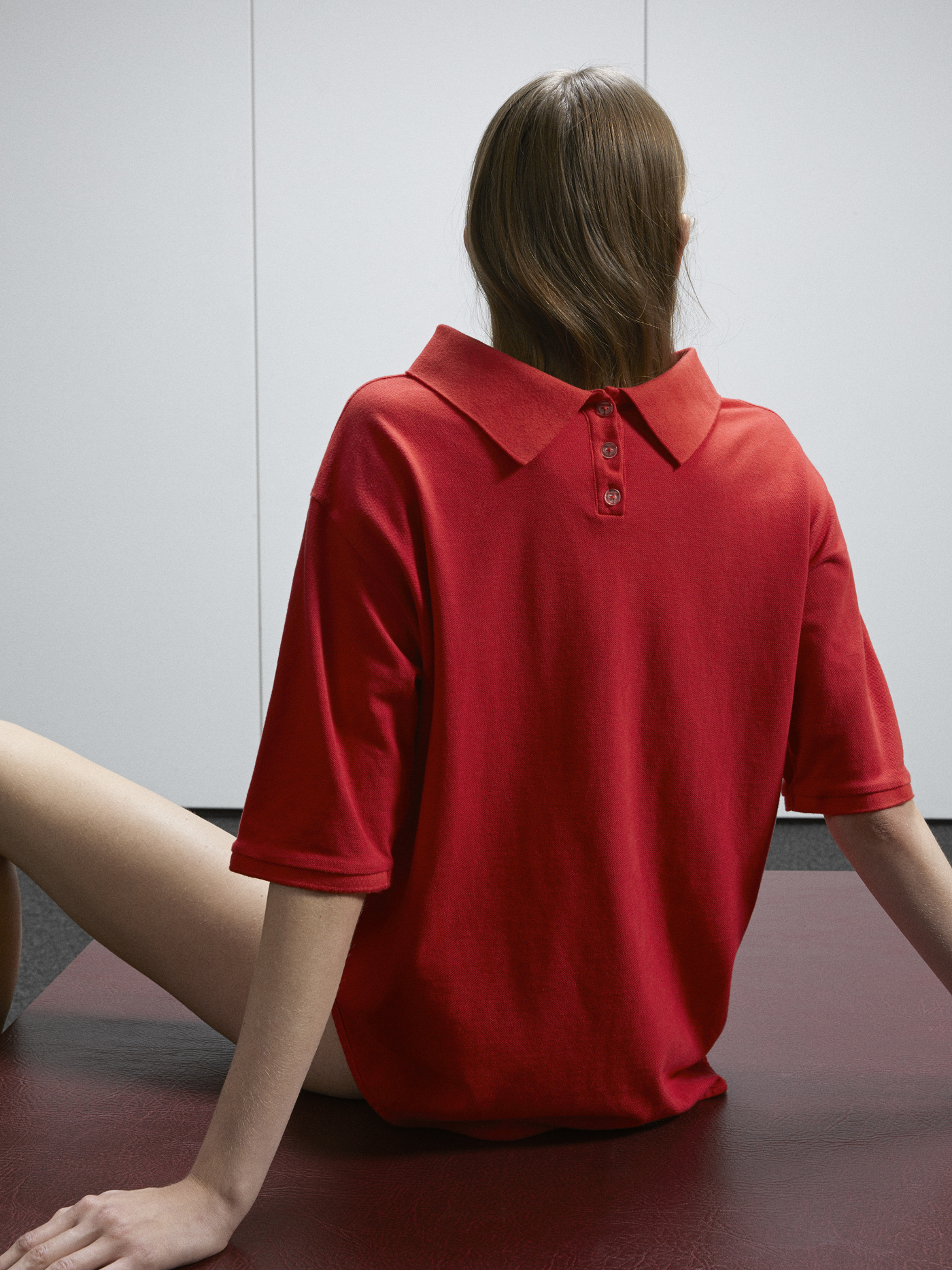
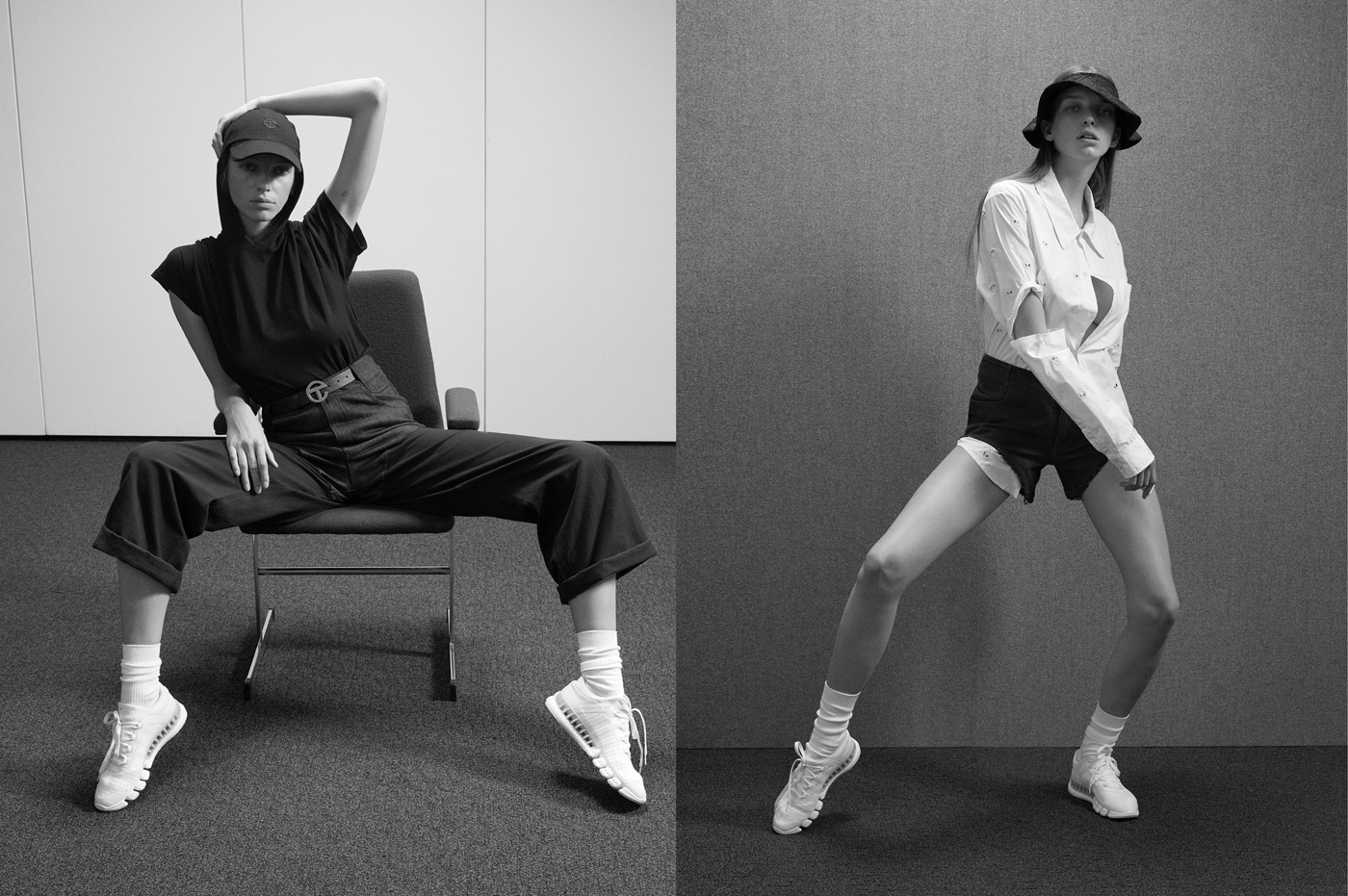
“I think it’s worth saying that this is a very conservative award, which makes it even more significant to be where we are,” Clemens explains of the CFDA accolade. But the brand’s victory last November marked an important turning point for the industry as well. “The more we learn about the fashion industry, the more obvious it is that it’s in crisis—from diminishing retail, insane competition, and runway staleness to the whole idea of shows, relevance, and price,” Clemens explains. “I think the fact that we approach the whole picture differently is our greatest strength—we just need to be able to scale that.”
One of the ways the designer seeks to scale the Telfar vision is by developing the perfect size range, one that won’t discriminate based on gender. For now, at least, Clemens definitely has a competitive advantage in that regard. “I don’t want The Gap to become genderless—I want to close the gender gap,” he explains. This mission is something he will continue to work towards, as long as other brands continue separating people by their income, ethnicity, and gender. “That’s why I exist,” he says. It is also why he is passionate about fostering a two-way dialogue with his customers.
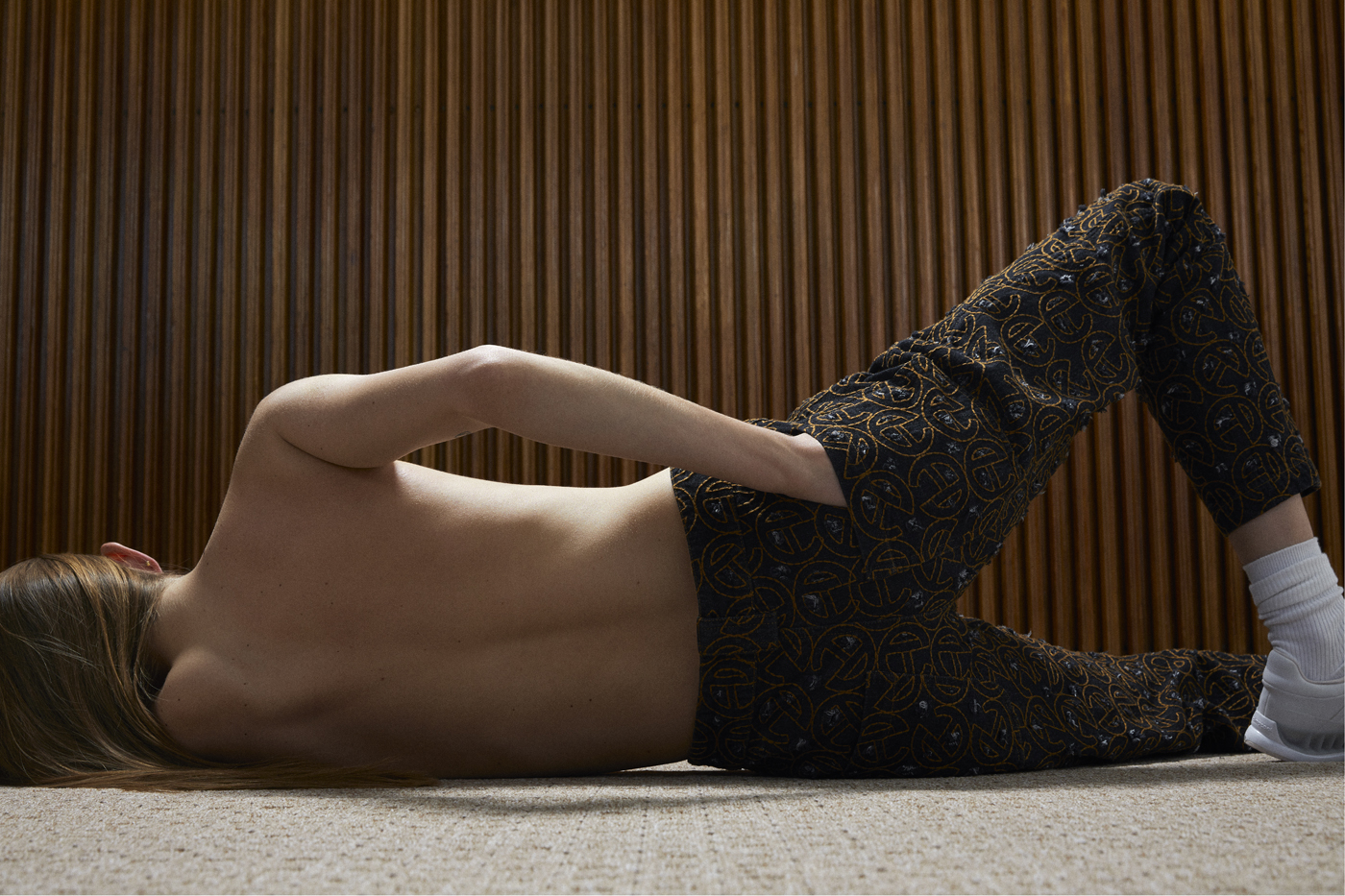
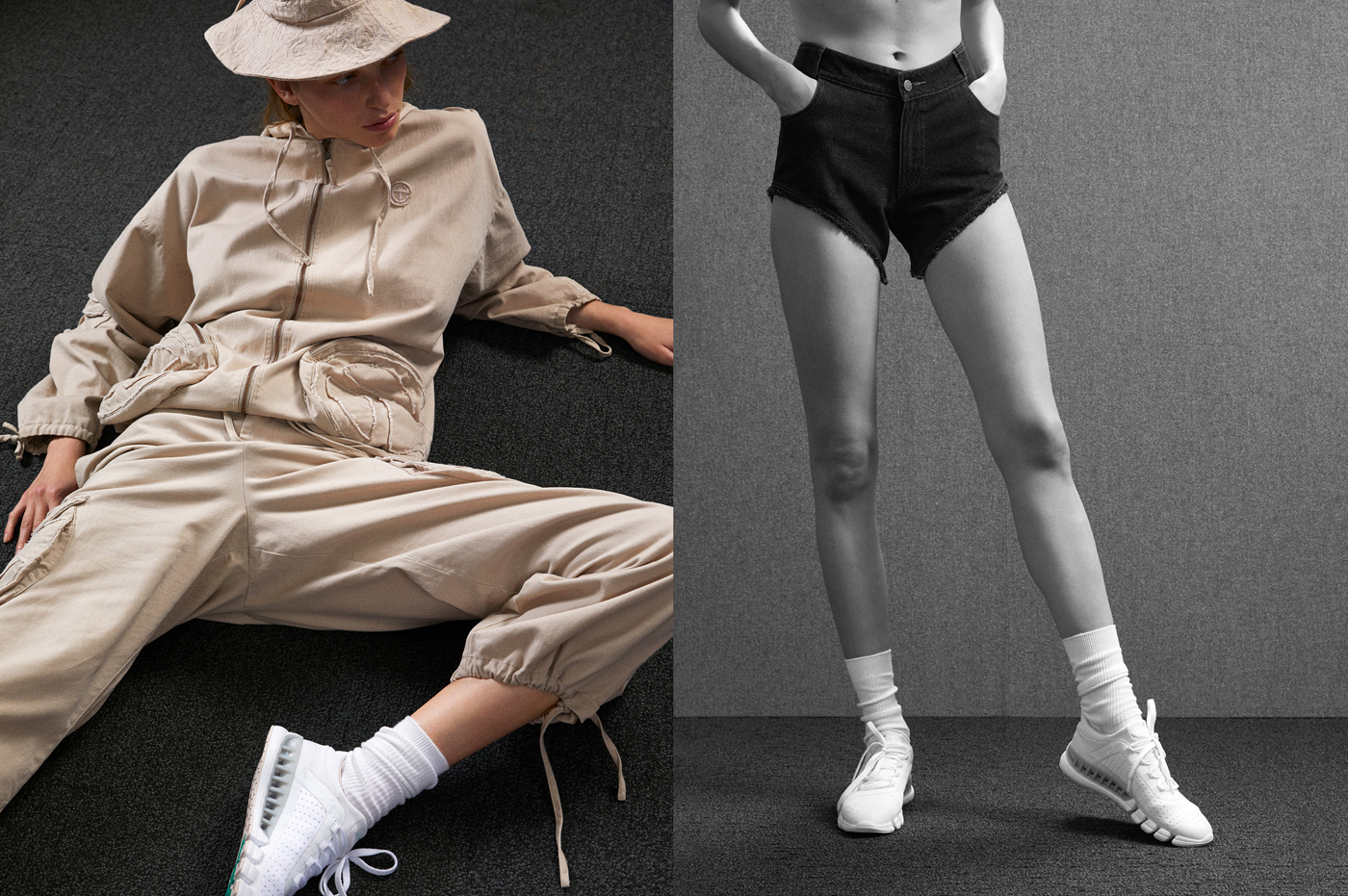
“Open communication is everything,” explains Clemens. “We are trying to build a completely different kind of brand—and it’s like walking in the dark, because it feels like we’re inventing it as we go.” A big part of this process has been about rejecting scarcity, exclusivity, and hype—elements he describes as the “bullshit that’s at the core of even the ‘coolest’ brands.” Meanwhile, collaboration remains key to Telfar’s storytelling. “We want to blend music and fashion in a meaningful way,” the designer elaborates. “I really want to smash this no-homo shit in black culture, for example. Like by the end of 2018, every rapper needs to be in a halter top. Period.” With Clemens in charge, this vision doesn’t seem like such a stretch.
Ultimately, there is a commanding message behind Telfar’s deconstructed streetwear staples and unisex approach to architectural layering, one that underscores a need to disrupt the status quo in fashion. “Things are in sharper relief now, because people are becoming aware that they can’t take gradual improvement for granted and become complacent,” Clemens explains. Fortunately, this was never an illusion held by his team—and now, it seems, the brand is not alone either. “All of a sudden, a ninety-nine-percent white industry is kind of a problem,” he says, “and I can get with that.”
For more information, please visit Telfar.net.
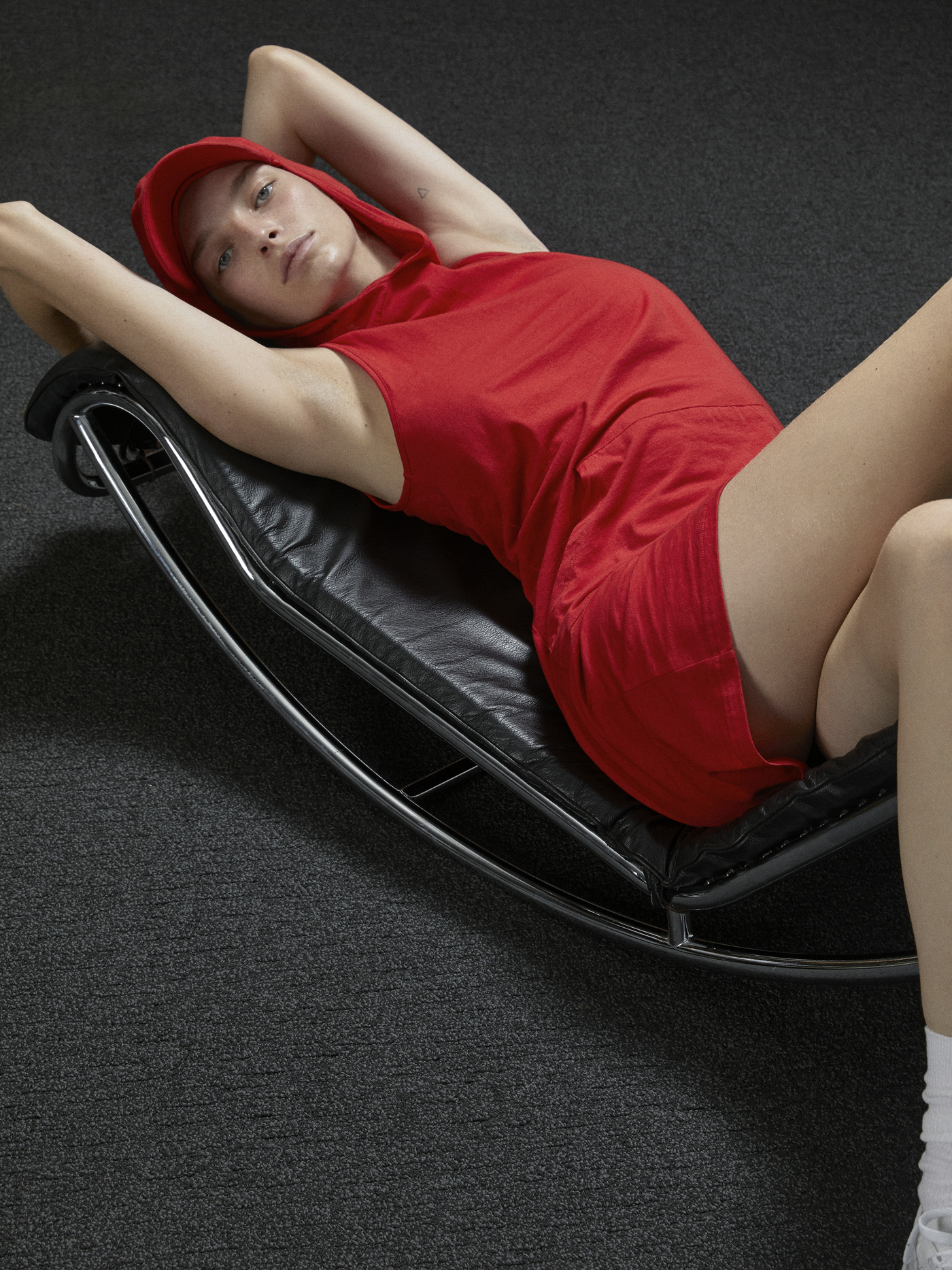
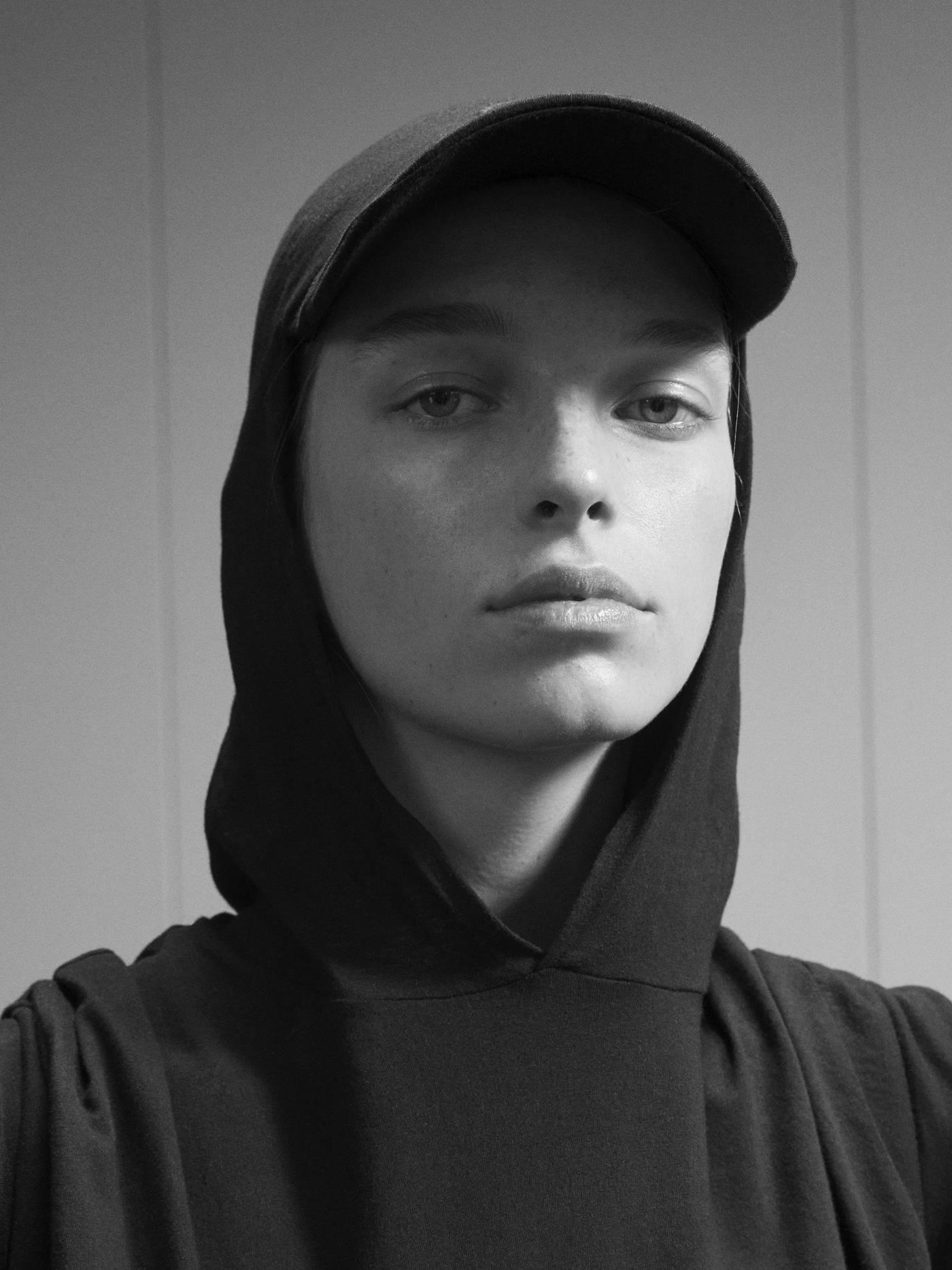
- By
- Rosie Dalton
- Photography by
- Thomas Lohr
Styling by Katelyn Gray at Frank Reps. Model: Jamilla Hoogenboom at Women Management Paris. Hair by James Rowe at Bryant Artists using Bumble and bumble. Makeup by Florrie White at Bryant Artists using Clé de Peau Beauté. Photographer’s assistants: Tom Weatherill and Caitlin Chescoe. Stylist’s assistant: Nathan Henry. Movement by Cameron McMillan. Set design by George Lewin. Digital technician: Fabian Blaschke. Casting by Liz Goldson at AM Casting. Production by Philippe Vaxelaire at Management Artists.
